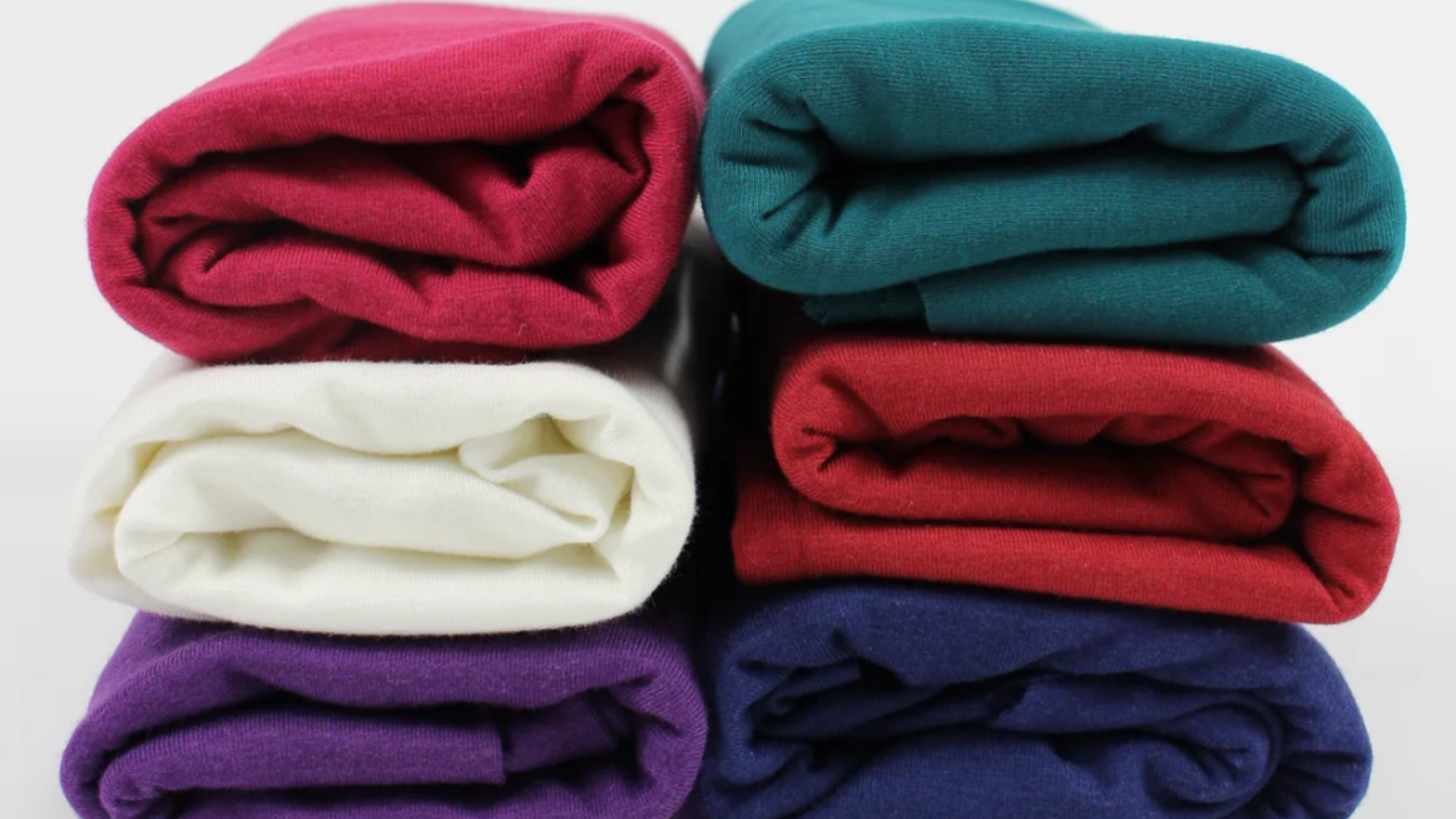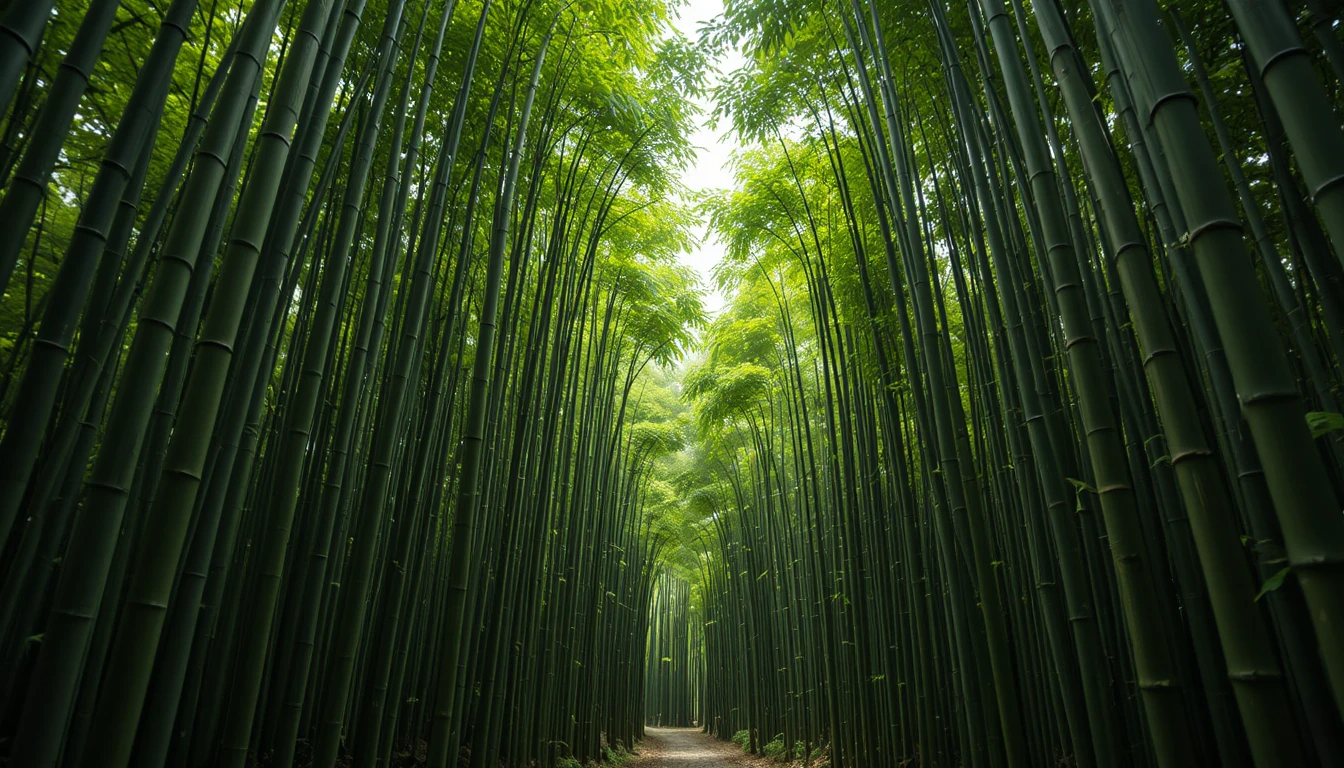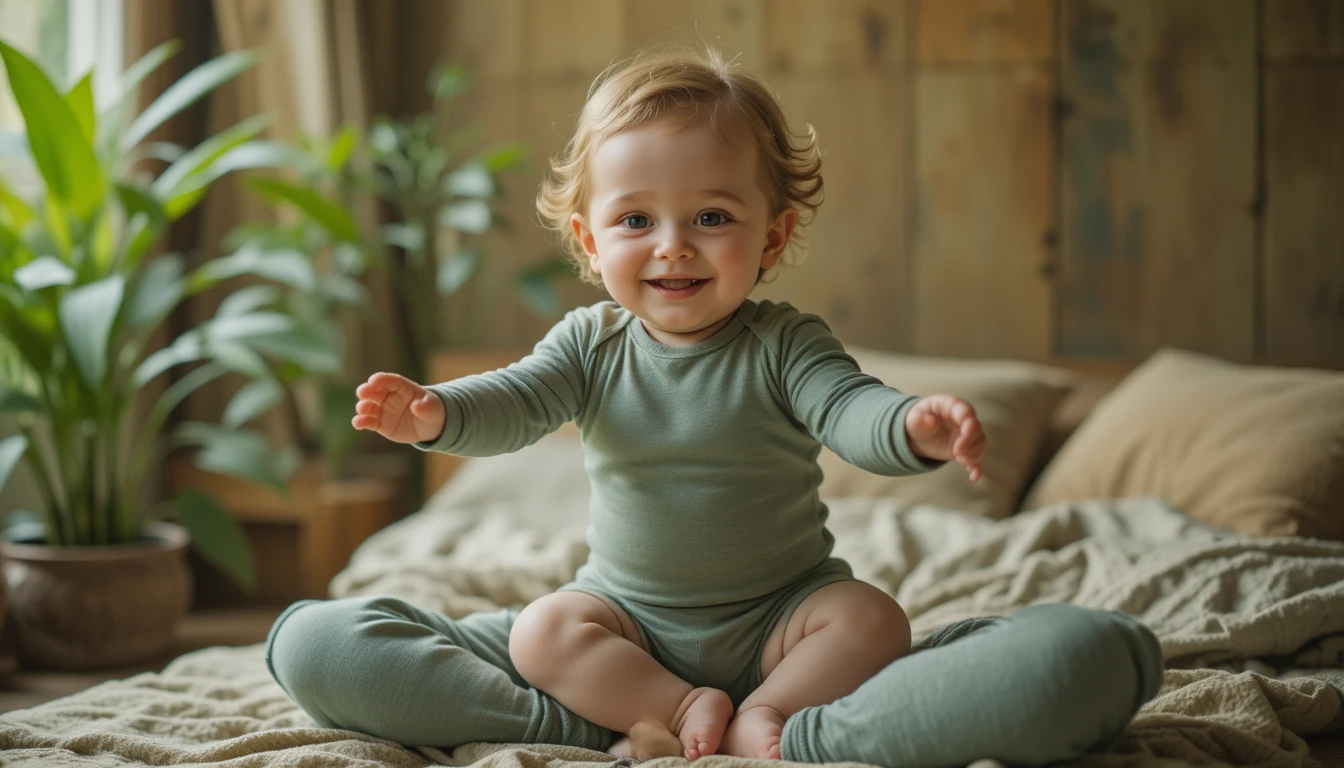Bamboo Fabrics: Everything You Need to Know
Time to read: 10 minutes
bamboo fabric texture
Bamboo fabrics have taken the fashion world by storm, often marketed as eco-friendly, breathable, and even antibacterial. From yoga leggings to luxury bed sheets, you’ve probably seen bamboo on more and more labels. But the question many people are asking is this: is bamboo fabric really sustainable, or is it just another greenwashed marketing buzzword?
In this guide, we’ll break down everything you need to know about bamboo fabrics—from how they’re made to their benefits and drawbacks to what you should look for if you want to source bamboo responsibly.
1. Why Bamboo Looks So Good on Paper
At first glance, bamboo seems like the perfect raw material for textiles. Here’s why:
Fast-growing and renewable
Bamboo is one of the fastest-growing plants in the world, with some species capable of growing up to 3 meters per day. Unlike cotton, which requires heavy irrigation, bamboo can thrive with minimal water and no pesticides.
Minimal land and inputs
Bamboo grows densely and regenerates from its roots, meaning it doesn’t require replanting and can produce high yields on relatively small plots of land.
Environmental benefits
Its extensive root system helps prevent soil erosion, while its rapid growth cycle makes it a powerful carbon sink. In fact, studies show bamboo can sequester more carbon dioxide than many types of trees, in a process called phytoremediation.
Positive consumer perception
Consumers associate bamboo with “natural,” “organic,” and “eco-friendly.” This perception can boost brand value, especially for sustainable fashion or home textiles.
At the plant level, bamboo checks almost every box for sustainability. But once we zoom in on how bamboo fabric is made, the picture becomes more complicated.
Dense bamboo forest illustrating fast growth and sustainability
2. The Claims (and What They Mean)
Let’s look at some of the most common claims made about bamboo fabrics and whether they hold up under scrutiny.
Antimicrobial/antibacterial properties
Bamboo naturally contains a substance called bamboo kun, which protects the plant against bacteria and pests. However, in most commercial bamboo fabrics (particularly bamboo viscose), this property is lost during chemical processing. So while you’ll often see bamboo products marketed as “antimicrobial,” the truth is most bamboo clothing doesn’t retain those natural antibacterial properties.
Softness & comfort
Bamboo viscose is known for its silky feel and smooth drape. Many people compare it to cashmere or silk. This claim is accurate—bamboo fabric tends to be softer than cotton and very comfortable against the skin.
Breathability & moisture-wicking
So, is bamboo fabric breathable? The answer is yes—bamboo viscose is naturally breathable and has good moisture absorption, making it popular for summer wear, underwear, and activewear.
Hypoallergenic / skin-friendly
Bamboo fabrics are often recommended for people with sensitive skin. While they don’t have proven, special hypoallergenic properties beyond being soft and smooth, their lack of harsh finishes can make them more comfortable than synthetics.
Durability
Here’s the catch: bamboo viscose fabrics aren’t always very durable. They can lose shape, pill, or weaken after repeated washing. That’s why most bamboo clothing is blended with cotton, elastane, or polyester to improve its lifespan.
3. From Bamboo to Fabric: The Production Journey
So, how is bamboo fabric made? There are two main methods:
Mechanical processing (bamboo linen)
Bamboo stalks are crushed, enzymes are added to break down fibers, and then they are combed and spun into yarn.
This process is more eco-friendly but labor-intensive and expensive. As a result, true bamboo linen is rare and usually coarse in texture.
Mechanical processing also means the fabric is able to biodegrade more easily.
2. Chemical processing (bamboo viscose or rayon)
This is the most common method. Bamboo is pulped and treated with chemicals like sodium hydroxide and carbon disulfide to extract cellulose. The solution is then forced through spinnerets to regenerate fibers, which are spun into yarn.
While it creates a soft, versatile fabric, the chemical process can have major environmental impacts if not managed responsibly.
3. Environmental concerns:
Toxic chemicals (e.g., carbon disulfide) harm workers and pollute waterways.
Many factories don’t use closed-loop systems to capture and reuse solvents.
Without oversight, “eco-friendly bamboo” is likely misleading.
Traceability and Human Rights Concerns:
Most bamboo is grown in China and Southeast Asia, where supply chains often lack transparency.
Limited oversight makes it difficult to verify whether bamboo is grown and harvested sustainably.
Labor rights and working conditions in bamboo processing facilities are often unclear or underreported.
Certifications and independent audits are necessary to ensure both environmental and ethical standards are met.
4. Is bamboo an eco-friendly crop?
At first glance, bamboo seems like a sustainable wonder plant—it grows quickly, regenerates without replanting, and usually doesn’t need pesticides or much water. Most of the world’s bamboo comes from China and Southeast Asia, where it’s a major resource.
But the reality is more complex. Turning raw bamboo into soft fabric typically involves a chemical-heavy process (like rayon or viscose) that can harm both workers and the environment. This is why many claims about bamboo being a “green” fabric are considered greenwashing.
The more sustainable options are bamboo linen (made mechanically, though less common) and lyocell bamboo, which uses a closed-loop system that recycles chemicals safely. Transparency and certifications are key when evaluating bamboo textiles—without them, it’s difficult to know if the fabric was produced responsibly.
5. Types & Variants of Bamboo Fabrics
Fabric swatches showing the main bamboo textile variants
Bamboo Viscose (Rayon)
The most common type is soft and breathable but chemically processed. If you’re using this fabric, note that you can’t only describe your fabric as bamboo; you’ll need to disclose that it’s viscose/rayon too.
Bamboo Modal / Lyocell
Processed with more sustainable closed-loop systems (like TENCEL™). Offers better durability and eco-credentials.
Bamboo Linen
Rare and rougher in texture, but truly natural and eco-friendly.
Blends
Common mixes include bamboo-cotton or bamboo-elastane for improved strength and stretch.
6. Performance in Real Usage
When it comes to bamboo fabric pros and cons, here’s what you need to know in practice:
✅ Pros:
Exceptionally soft and comfortable
Breathable and moisture-wicking
Biodegradable under the right conditions
Good for sensitive skin
Perceived as eco-friendly
❌ Cons:
Durability issues (shrinking, pilling, loss of shape)
Production often involves harsh chemicals
Not all bamboo fabrics retain natural antimicrobial qualities
Mislabeling and greenwashing are common
Best uses:
Underwear, t-shirts, leggings, loungewear, baby clothing, bedding
Less ideal for:
Heavy-duty apparel, structured garments, items exposed to friction
7. Certifications & Better Practices
If you want to ensure your bamboo fabrics are truly sustainable, look for:
OEKO-TEX® Standard 100—guarantees no harmful chemicals in the final textile.
FSC (Forest Stewardship Council)—ensures bamboo is responsibly sourced.
GOTS (Global Organic Textile Standard)—applies to blends with organic cotton.
Closed-loop production claims—such as lyocell processes or TANBOOCEL®-Bamboo that recycle chemicals.
Brands that are serious about sustainability will often provide transparency on their manufacturing methods.
Conclusion
So, is bamboo fabric really sustainable? The honest answer is: it depends. Bamboo as a plant is sustainable—fast-growing, renewable, and low-impact. But once it’s processed into fabric, the eco-friendly story isn’t always so simple.
If you’re sourcing bamboo fabrics for your brand, focus on transparency, certifications, and suppliers who use closed-loop processes. When used thoughtfully, bamboo can be an excellent material—soft, breathable, and consumer-loved. But without the right oversight, it risks being more hype than help.
Want to make sure you’re sourcing bamboo fabrics responsibly? 👉 Book a consultation with our team to build products your customers can trust.
Sources:
https://www.sciencedirect.com/science/article/pii/S2773139124000338?via%3Dihub
https://ecocult.com/bamboo-fabric-sustainable-eco-friendly-greenwashing/
https://www.mdpi.com/1420-3049/27/22/7999
















Author Bio
Tech Packs Co founder Belinda is a technical fashion designer from London, now based in Los Angeles. Belinda had her first job in fashion at the age of 15, fixing swatch cards together. Since then, Belinda has been designing & creating tech packs for more than a decade... for household name brands and independent designers alike.